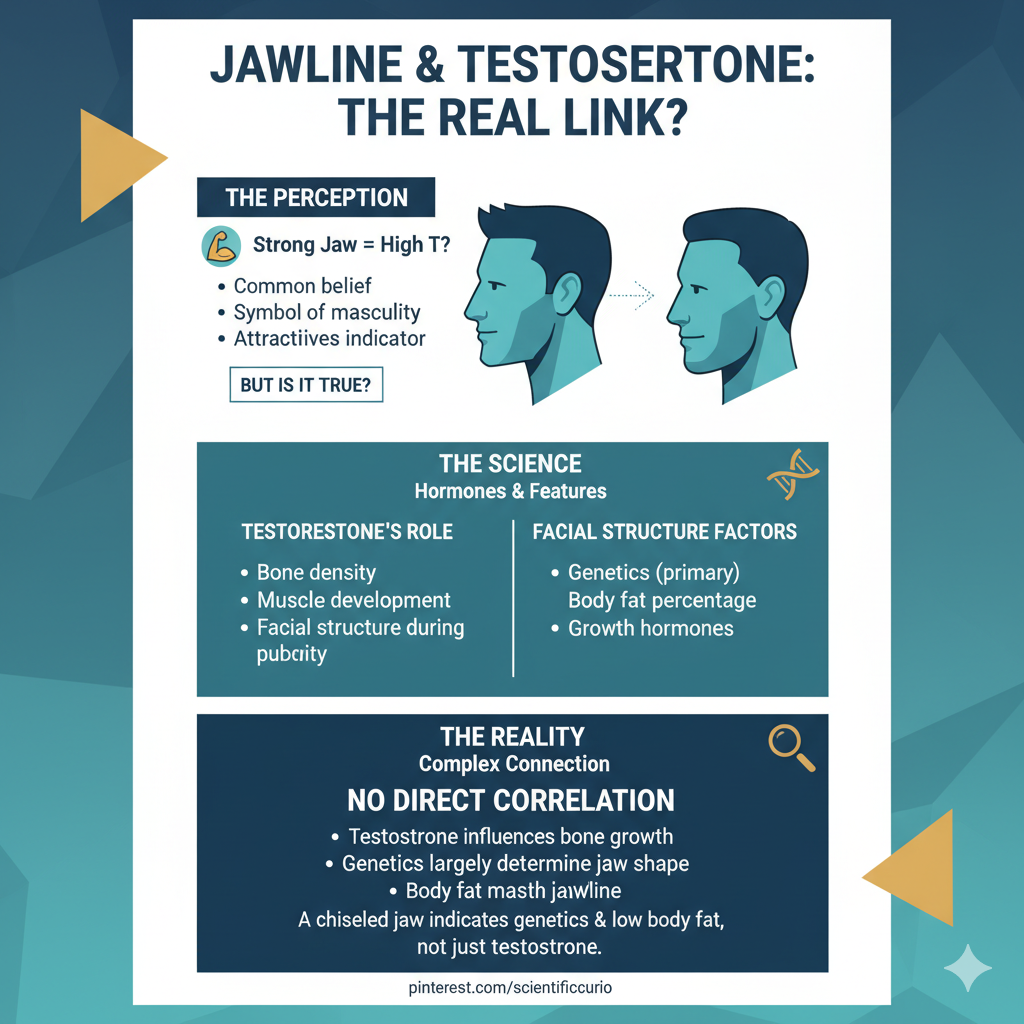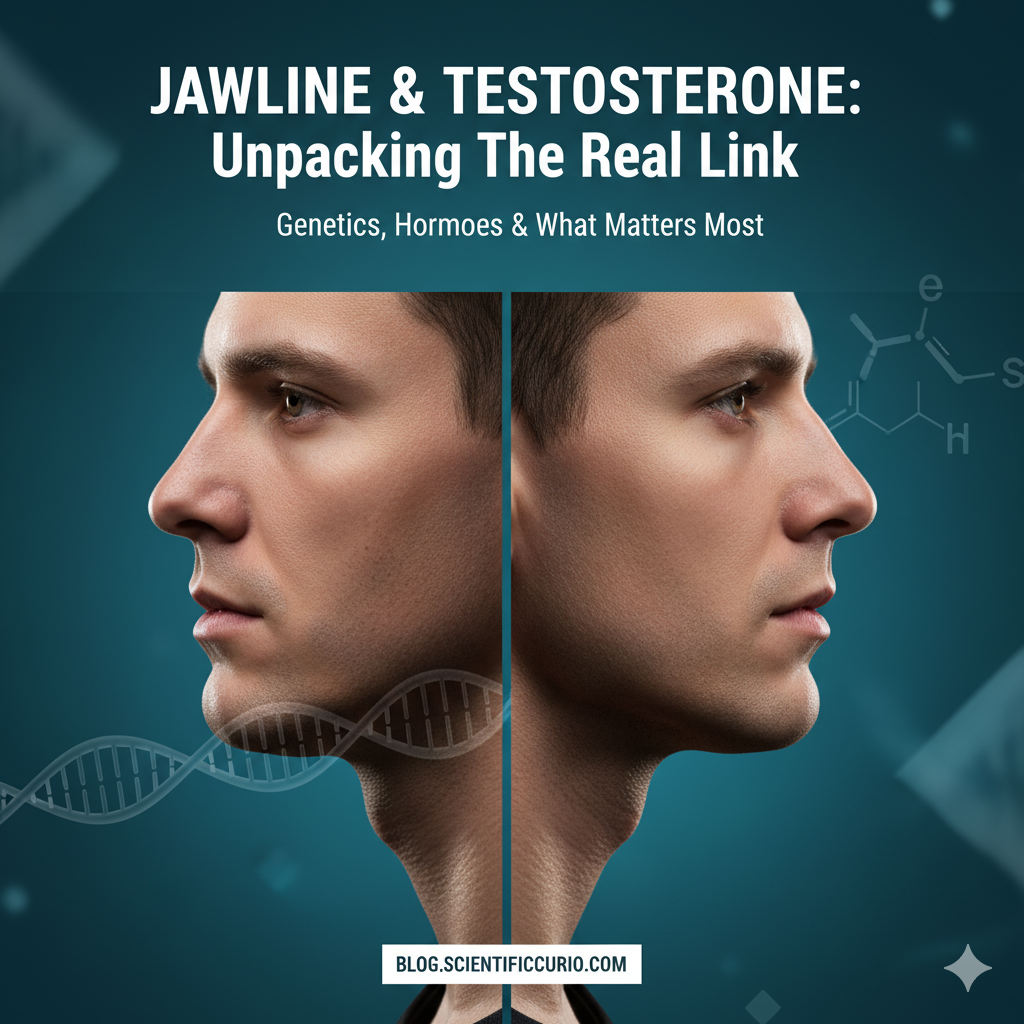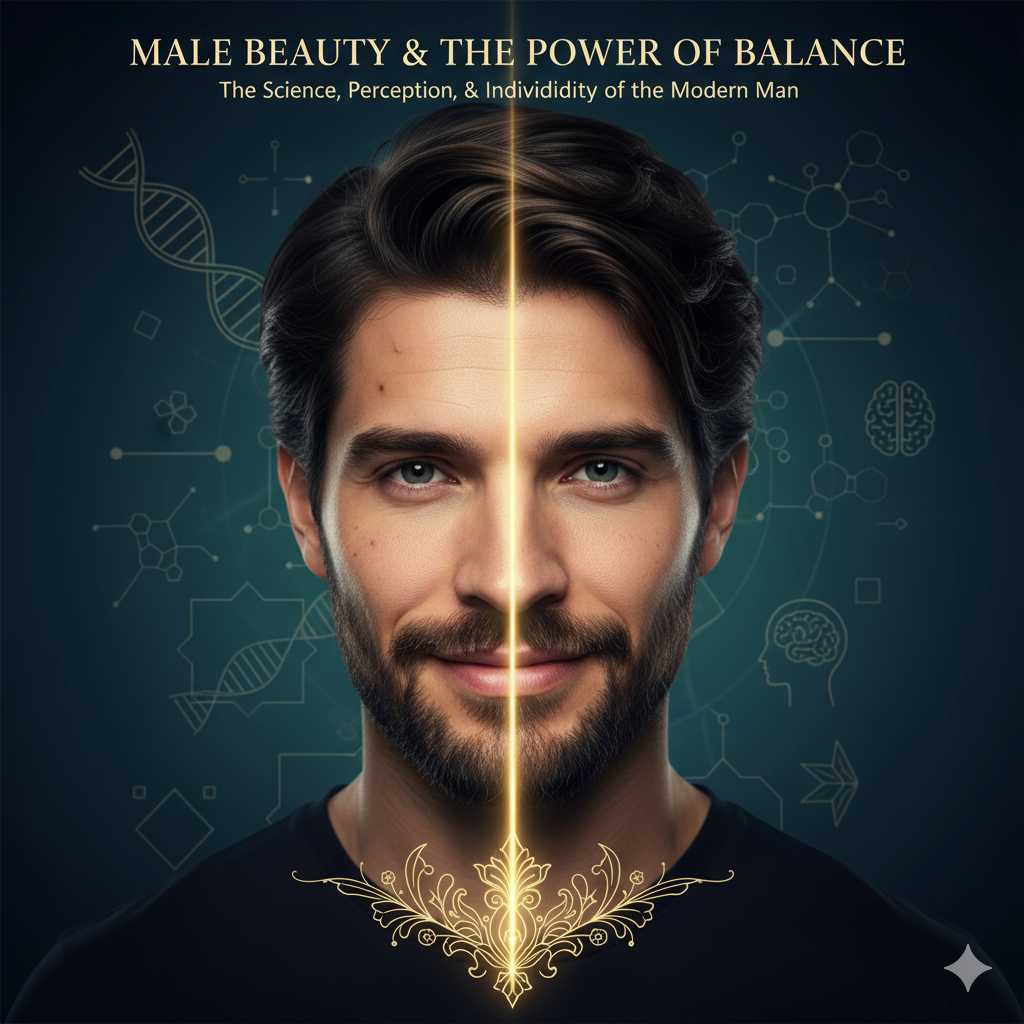The Hormonal Influence on Facial DevelopmentOur facial structure is influenced by a complex interplay of genetics and hormones, particularly during development.
Testosterone, a key androgen, plays a significant role in shaping masculine features. Studies suggest that higher levels of testosterone during development can lead to more masculine facial features, including a more pronounced jawline, broader face, and rugged cheekbones [1, 2].
One study indicated that in pubertal males, a high testosterone-to-estrogen ratio is thought to facilitate the lateral growth of the cheekbones, mandibles, and chin [3].
This hormonal influence isn’t just limited to puberty; even in utero, higher levels of testosterone have been linked to more masculine facial features in later life [4].
Testosterone and Jawline DefinitionBeyond developmental stages, testosterone continues to impact facial appearance.
Men with above-average testosterone levels tend to have a more pronounced jawline and a wider facial area [5].
Low testosterone, conversely, can lead to noticeable changes such as less defined cheekbones and a softer jawline [6].
Some men undergoing Testosterone Replacement Therapy (TRT) have reported that their jawline becomes more defined due to a reduction in facial fat and an increase in muscle tone [7].

This suggests that while developmental testosterone levels lay the foundation, adult hormone levels can also contribute to the definition and appearance of the jawline.
The Evolutionary Perspective From an evolutionary standpoint, masculine facial features, often associated with higher testosterone, are sometimes perceived as indicators of good health and genetic fitness.
These features can signal strength and reproductive potential, which historically played a role in mate selection [8].
However, it’s important to note that facial attractiveness is subjective and influenced by various cultural and individual preferences.
While a strong jawline might be linked to testosterone, it’s just one of many factors contributing to overall facial appearance and perceived attractiveness.
Conclusion
In conclusion, there is indeed a scientific basis for the common belief that a strong jawline is associated with higher testosterone levels.
Hormones, particularly testosterone, play a crucial role in shaping facial features during development and can continue to influence their definition in adulthood.
While a pronounced jawline can be an indicator of higher testosterone,
it’s part of a broader picture of genetic and hormonal influences on our physical traits.References1.
NBC News. (2013, March 27). Macho Dudes Have an Edge in Less-
Developed Countries. (2012, February
14). ‘Manly‘ Fingers Make For Strong Jawline in Young Boys.
, B. (2005).
Second to fourth digit ratio and face shape. Proceedings of the Royal Society B: Biological Sciences, 272(1569), 1429-1434.
Kids. (2015, September 23). Hormones in utero influence facial structure.
AB Box. (2019, May 28). Causes and symptoms of high testosterone in men.
Genesis Lifestyle Medicine. (n.d.). Can Low Testosterone Cause Changes in Facial Structure?
.Tulsi. (2025, March 15). Does TRT Change My Face.




